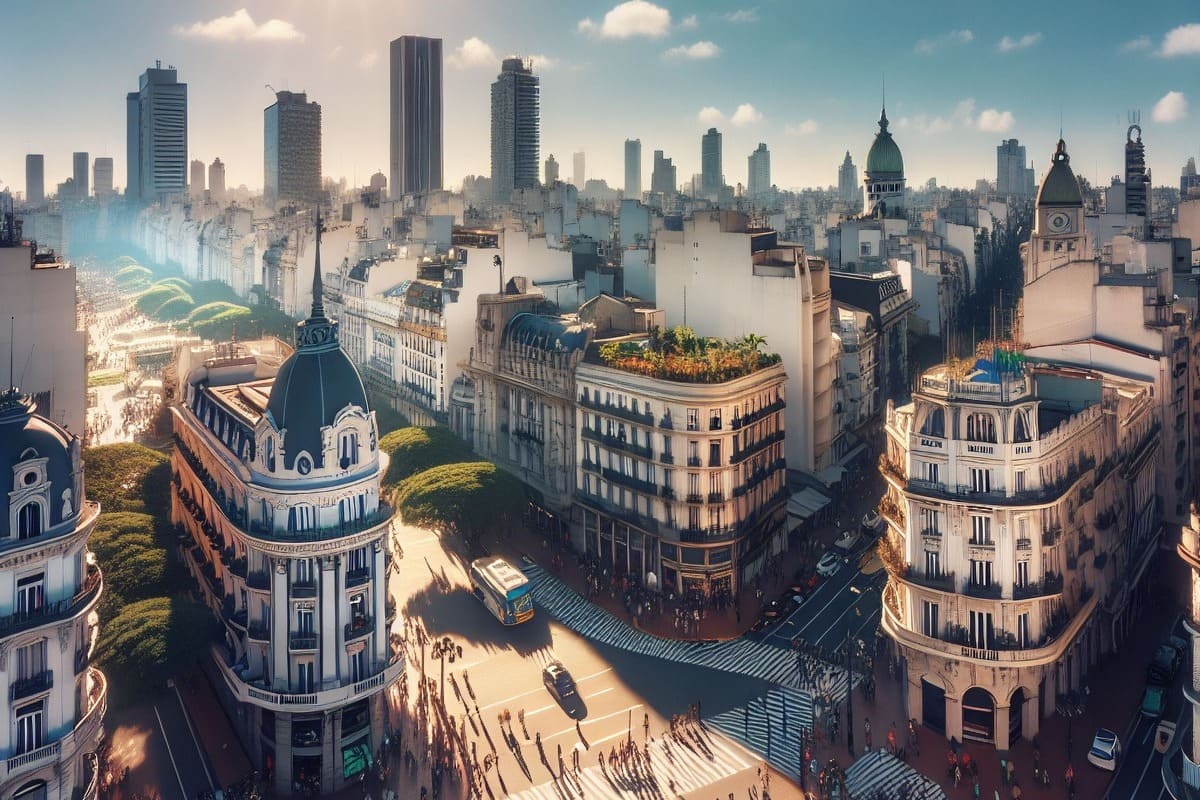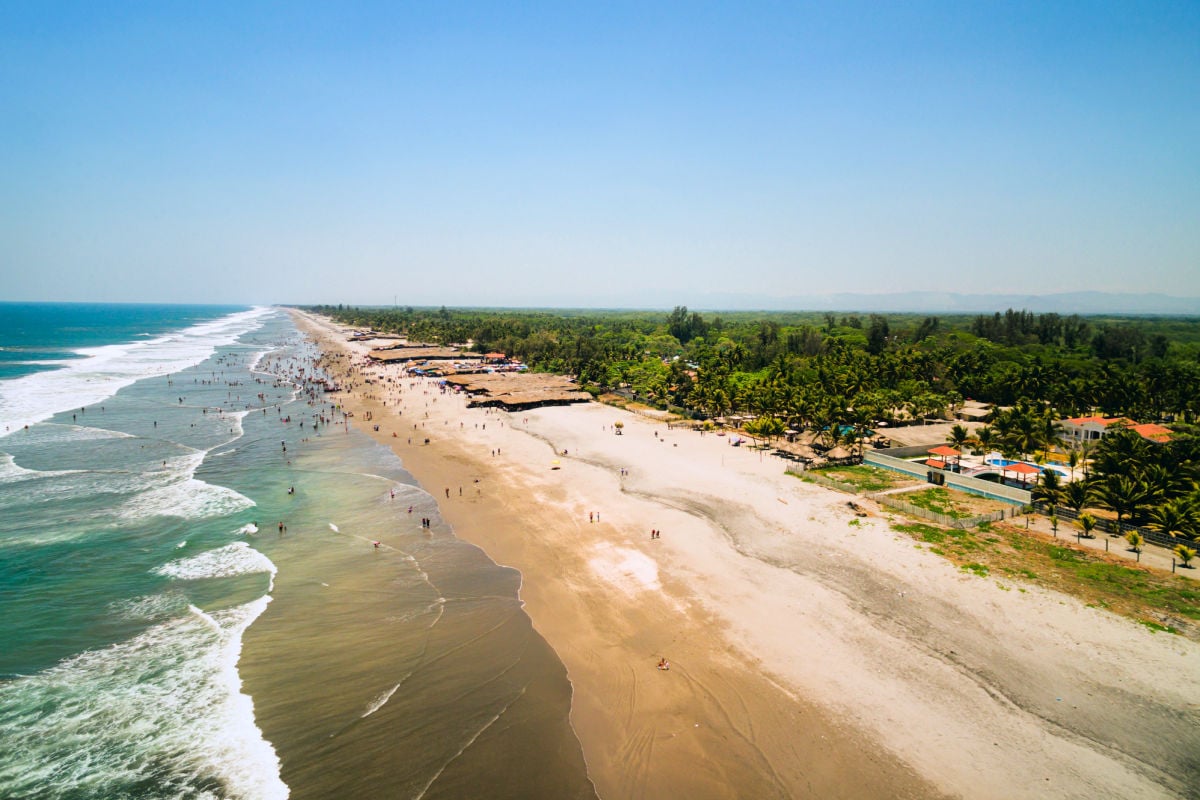[ad_1]
Colombia – a nation pulsating with vibrant culture, stunning Andean landscapes, lush coffee regions, and Caribbean coastlines – continues to capture the imagination of travelers worldwide. From the historic streets of Cartagena to the bustling energy of Bogotá and the modern vibe of Medellin, its appeal is undeniable. However, amidst this allure, the U.S. State Department has issued an updated Travel Advisory, urging potential visitors to weigh the risks carefully.

On April 17, 2025, the State Department reissued its advisory for Colombia, maintaining the country at an overall Level 3: Reconsider Travel. This level sits just below the most severe warning, Level 4: Do Not Travel. A Level 3 advisory doesn’t mean Americans cannot go, but it signals serious risks to safety and security that warrant careful consideration before booking that ticket.
Based on over 20 trips to Medellin within the last four years, I can sincerely attest to the importance of heeding official travel warnings. Although I have personally been fortunate enough to avoid major incidents, reports of robberies targeting foreign tourists are pervasive and occur almost daily. Spending even a short time browsing Medellin expat Facebook group offers a realistic understanding of the situation on the ground.

Why the Caution? Understanding the Risks
The advisory flags several major concerns across Colombia: crime, terrorism, civil unrest, and kidnapping. Violent crime isn’t isolated to specific areas; incidents like murder, assault, and armed robbery are unfortunately common in many parts of the country. Organized crime groups are active, engaging in extortion, robbery, and kidnapping. Drive-by snatchings of phones and valuables by thieves on motorcycles are also a frequent hazard, particularly targeting those displaying signs of wealth like expensive watches or jewelry.
Terrorist groups, including dissident factions that refused to demobilize after peace agreements and organizations like the National Liberation Army (ELN), still operate and pose a threat. They may attack with little warning, targeting locations frequented by tourists, transportation hubs, markets, government facilities, and other public areas.

Furthermore, civil unrest is a factor. Political demonstrations occur regularly and can shut down roads and highways unexpectedly, disrupting travel and sometimes turning violent.
“Do Not Travel” Zones: High-Risk Areas
While the country overall is Level 3, the State Department strongly advises against all travel (Level 4) to specific regions due to extreme danger:
- Arauca, Cauca (excluding the city of Popayán), and Norte de Santander departments: These areas face significant threats from both crime and terrorism. Violent crime is particularly prevalent.
- The Colombia-Venezuela border region: This zone is flagged for high levels of crime, kidnapping, potential conflict between armed groups, and the risk of accidental crossing into Venezuela, which could lead to detention.
The U.S. government has limited ability to provide emergency services to citizens in these Level 4 areas, and official U.S. personnel face severe travel restrictions there.

A Specific Danger: Dating App Risks, Especially in Medellin
Beyond the general advisory, a critical security alert issued previously by the U.S. Embassy in Bogotá remains highly relevant, especially for visitors to major cities like Medellin, Cartagena, and Bogotá. Criminals are increasingly using online dating applications (like Tinder, Bumble, Grindr, and others) to lure victims, particularly foreigners.

The pattern often involves matching with someone online and agreeing to meet at a public place like a bar or restaurant, or sometimes at the victim’s hotel or residence. Criminals, sometimes working in teams, then use drugs to incapacitate their victims – Scopolamine (also known as “Devil’s Breath”) is frequently used, as it can render a person unconscious and induce amnesia. Once drugged, victims are robbed of their belongings, including phones, wallets, bank cards, and computers. Tragically, numerous incidents involving U.S. citizens being drugged, robbed, and even killed after meeting someone via a dating app have been reported. The Embassy noted a significant spike in thefts and violent deaths involving foreign visitors in Medellin in 2023 and 2024, many linked to these dating app encounters and potential drugging or overdose scenarios.

Traveling Smarter and Safer
If you decide to travel to Colombia despite the Level 3 advisory:
- Be Informed: Read the full Travel Advisory and Country Information page on the State Department website. Enroll in the Smart Traveler Enrollment Program (STEP) for alerts and easier location in emergencies.
- Stay Aware: Maintain constant situational awareness. Avoid walking alone at night, especially in unfamiliar areas. Keep a low profile – avoid displaying cash or expensive jewelry.
- Transportation: Do not hail taxis on the street. Use reputable dispatch services or vehicle-for-hire apps. U.S. government employees are prohibited from using street taxis.
- Dating Apps: Exercise extreme caution. If meeting someone new, do so only in very public places for initial encounters. Inform a friend or family member of your plans, who you are meeting, and which app you used. Never leave drinks or food unattended. Be wary of inviting strangers to your accommodation.
- Demonstrations: Avoid all protests and large crowds, as they can turn violent without warning. Monitor local media.
- Have a Plan: Prepare for emergency situations and ensure you have adequate travel insurance covering medical evacuation.
Colombia offers incredible experiences, but the current security landscape demands caution. By understanding the risks outlined by the State Department and taking proactive safety measures, travelers can make more informed decisions to protect themselves while exploring this captivating country.
Ready For Your Trip? Check The Latest Entry Requirements For Your Destination Here
↓ Elevate Your Travel↓
Sign Up Now For Travel Off Path Premium! No ads, VIP Content, Personal Travel Concierge, Huge Savings, Daily Deals, Members Forum & More!

✈️Join Our Travel Off Path Community Forum: Where travelers unite, ask questions, share experiences and even find like-minded travel buddies!
SUBSCRIBE TO OUR LATEST POSTS
Enter your email address to subscribe to Travel Off Path’s latest breaking travel news, straight to your inbox.
This article originally appeared on TravelOffPath.com
Opinions expressed here are the author’s alone, not those of any bank, credit card issuer, hotel, airline, or other entity. This content has not been reviewed, approved or otherwise endorsed by any of the entities included within the post.
[ad_2]
Source link






























